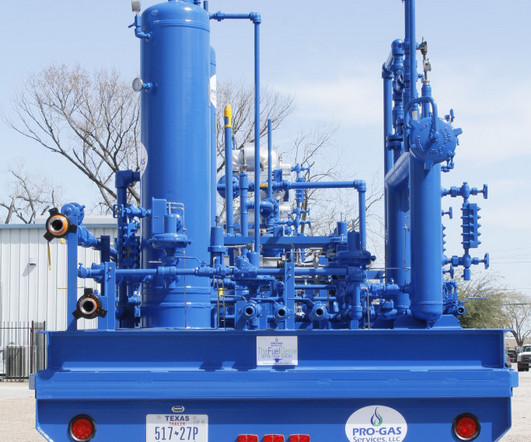Improving Gas Separation Efficiency with Advanced Filter Separators
Pro-Gas Services
JULY 9, 2025
Instead, it is a complex mixture often saturated with water vapor, entrained liquid hydrocarbons (condensate), and solid particulates like sand, rust, and drilling debris. Lower Operating Pressure Drop: Cleaner filter elements and pipelines lead to a lower pressure drop across the system, reducing the energy required for compression.












Let's personalize your content